The Airbus A400M airlifter has achieved a new milestone after the certification of its Automatic Low Level Flight capability, offering a unique in its class capability for a military transport aircraft.
According to Airbus, the certification campaign, performed in April above the Pyrenees and central France, involved operations down to 500ft, including transitions from low level flight to other operations like aerial delivery.
“This first certification phase concerns operations with Visual Meteorological Conditions, meaning with crew visibility. There will be a second phase including Instrumental Meteorological Conditions, without visibility, to be certified in Q2 2021. Inherent to the fighter aircraft world, and as a unique capability for a military transport aircraft, the Automatic Low Level Flights improves the A400M’s terrain masking and survivability, making the aircraft less detectable in hostile areas and less susceptible to threats when cruising towards key military operations like aerial delivery, air-to-air refuelling, logistic or other specific special operations.”
Airbus #A400M achieves Automatic Low Level Flight certification ✅ offering a unique in its class capability for a military transport aircraft.#WeMakeItFly
Learn more:
🔗 https://t.co/m8qQOuBmp5 pic.twitter.com/IMGoXeysVt— Airbus Defence (@AirbusDefence) May 26, 2020
The A400M was launched in May 2003 to respond to the combined needs of seven European Nations regrouped within OCCAR (Belgium, France, Germany, Luxemburg, Spain, Turkey and the UK), with Malaysia joining in 2005. Assembly takes place in Spain; the wings (largely designed with composite materials) are manufactured in the UK, while the fuselage is built in Germany.
The A400M made its first flight on the 11th of December 2009. The first production aircraft was delivered to the French Air Force in August 2013 and entered into service a year after.


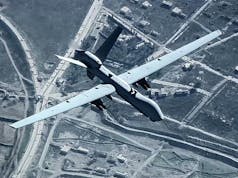

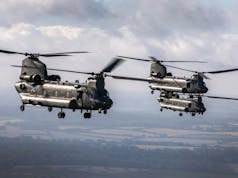
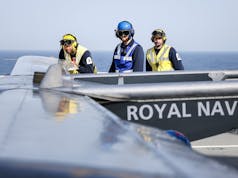
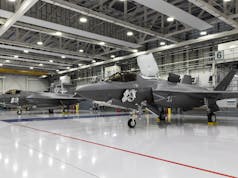
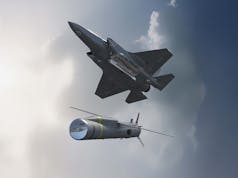

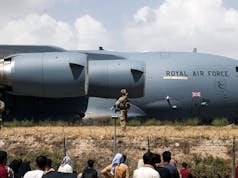



Well done all the team at Airbus Defence & Space! I know how difficult this has been. A unique capability among transport aircraft.
What does this mean for the RAF. Is it just a validation of an existing capability or does it require software mods etc?
This should be largely associated with the certification of hardware and software already installed on many aircraft. The nations insisted on civil standards of certification for the majority of the aircraft, but this is an area where civil regs don’t normally apply. The report doesn’t specify who the certifying authority is. At any rate, in the UK this type of certification would require further ratification by the Military Airworthiness Authority before the RAF could issue a formal Release to Service. I expect further trials might be required by QinetiQ out of Boscombe. But A400M has been flying at low level for some time anyway under pilot control at heights below 500ft, Day and night, using a combination of digital map, HUD, NVGs and FLIR. Additional software takes inputs from GPS, with Terrain Reference Navigation as a backup, and presents a virtual corridor on the HUD that the pilot must fly. The final bit of software links up this information to the autopilot so that the aircraft flies the corridor by itself. As you can imagine, several safety cases have to be written around such a capability and demonstrated during testing to the satisfaction of the certification authorities. It’s this ‘paperwork’ exercise that takes the time and i suspect is what has finally been achieved. I cannot remember whether the RAF ordered this additional software for their aircraft or where satisfied with merely being able to fly at low level under pilot control.
Thanks for the comprehensive answer….so presumably this will not affect RAF operations in any significant way for future sorties? Many thanks!
No it shouldn’t but gives further options for future developments
It certainly has. I was in the North Downs Hills last year near Shalford and an Atlas flew past, beneath me!
Saw one fly over GCHQ a couple of years back Daniele…..a really impressive sight!
Afternoon H. Indeed. A successful purchase by the MoD for a change.
Well yes, but I rather think that it was a good project to fulfil a European requirement. A huge step up from the C130 and a brave venture for a European consortium. I understand the C130/C17 logic, but the Atlas adds that bit extra. I am sure that in years to come it will prove its worth across NATO !